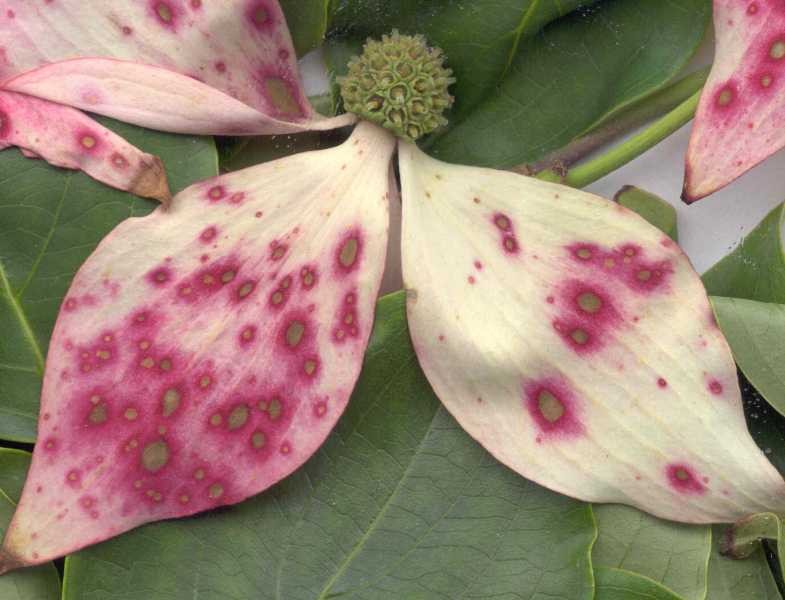
Botrytis Blight Ornamental
Botrytis or grey mold is a fungus disease which infects a wide array of herbaceous annual and perennial plants. There are several species of the fungus Botrytis which can cause blights; the most common is Botrytis cinerea. Botrytis infections are favored by cool, rainy spring and summer weather usually around 15°C. Gray mold can be particularly damaging when rainy, drizzly weather continues over several days. Botrytis cinerea can infect many ornamental plants including: anemone, begonia, calendula, chrysanthemum, dahlia, dogwood, fuchsia, geranium, hawthorn, heather, hydrangea, marigold, pansy, periwinkle, petunia, rose, snapdragon, sunflower, sweet pea, violet, zinnia. Two other damaging Botrytis blight fungi have strict host preferences: B. paeoniae infects peony, and B. tulipae infects tulip causing the disease known as tulip fire. Among vegetables and fruit, B. cinerea can infect asparagus, bean, beet, carrot, celery, chicory, crucifers, cucurbits, eggplant, endive, grape, lettuce, onion, pepper, potato, raspberry, rhubarb, rutabaga, shallot, strawberry, tomato, turnip, and others
